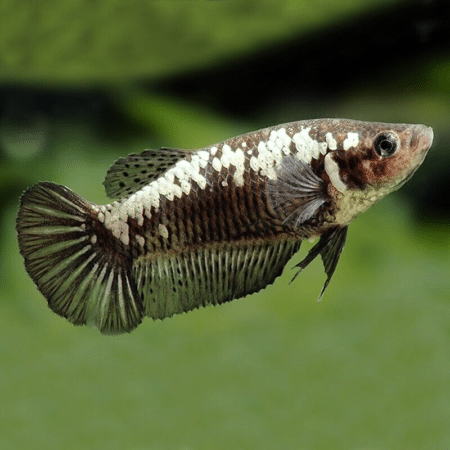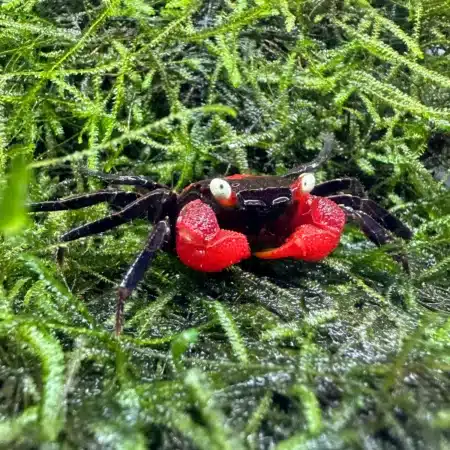-
×
-
×
-
×
-
×
Subtotal: £165.48

















Emily Carter (verified owner) –
I recently added the Apistogramma Elizabethae to my aquarium, and I couldn’t be happier! These little gems really bring life and personality to my 20-gallon tank. After about two weeks of observing them, I noticed how vibrant their colors became, especially when they’re feeling playful. They have a charming behavior, swimming around their designated territory while showcasing their stunning iridescent blues and yellows.
I’ve kept other dwarf cichlids before, but I find the Elizabeth’s Dwarf Cichlid to be a bit more peaceful, making them perfect for a community tank. Their diet has been easy to manage with high-quality flakes supplemented with occasional frozen foods. I highly recommend ensuring a varied fish nutrition plan, as it really enhances their colors and overall health!
The only minor concern I had was their initial shyness, but with some hiding spots and plants, they quickly adapted. If you’re considering adding a vibrant and engaging fish to your setup, I wholeheartedly recommend the Apistogramma Elizabethae. They are a joy to watch and truly enrich the aquarium experience! Plus, they shipped quickly and arrived healthy and active – a big plus for any caring fish parent!
Emma Carter (verified owner) –
I recently added a pair of Apistogramma Elizabethae to my 30-gallon community tank, and I couldn’t be happier! These little cichlids are not only stunning with their vibrant colors, but their peaceful nature makes them fantastic companions for other fish. They settled into their new home within just a week, showing little signs of stress, which I think speaks volumes about their well-being. I’ve been carefully feeding them high-quality fish food, and they seem to thrive.
Compared to other dwarf cichlids I’ve kept in the past, the Elizabethae really stand out for their charming personalities and beauty. I’ve noticed them engaging in gentle social interactions, often showcasing their colors when they feel safe. They are wonderful for first-time fish enthusiasts as they are relatively easy to care for and not overly territorial.
My only minor concern is their need for slightly warmer water, so I recommend keeping an eye on the temperature. Overall, if you’re looking to enhance your aquarium with beautiful and peaceful community fish, these dwarf cichlids are the way to go! I definitely recommend them to anyone looking to add a splash of color and charm to their tank.